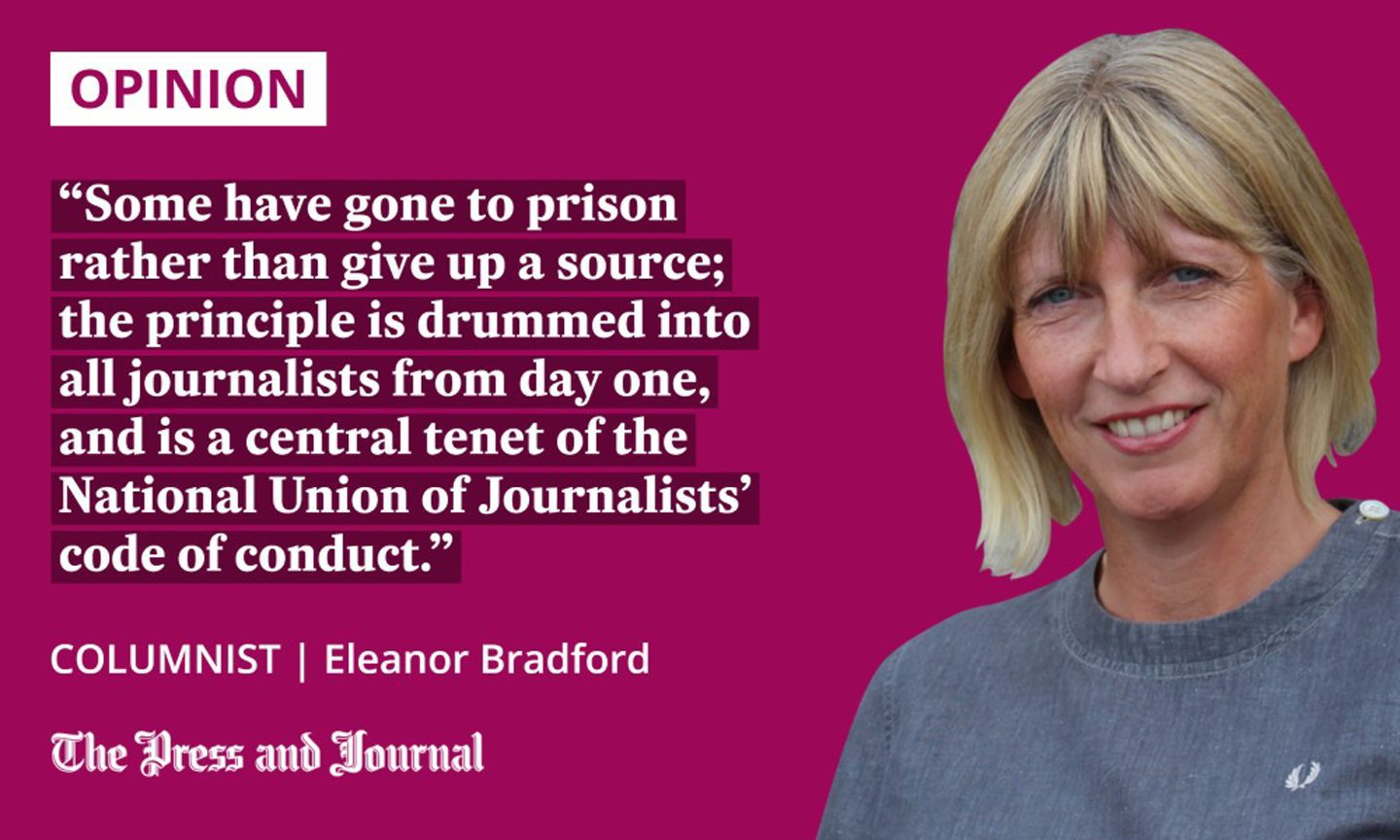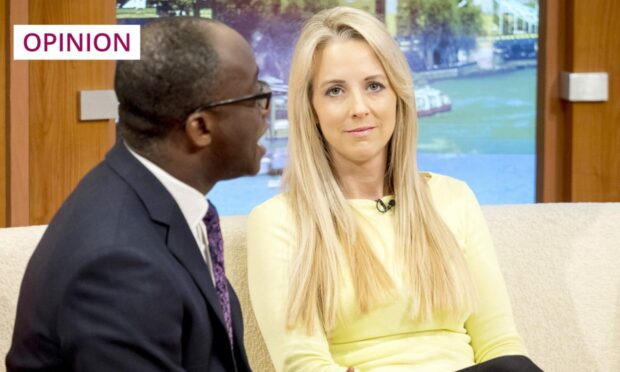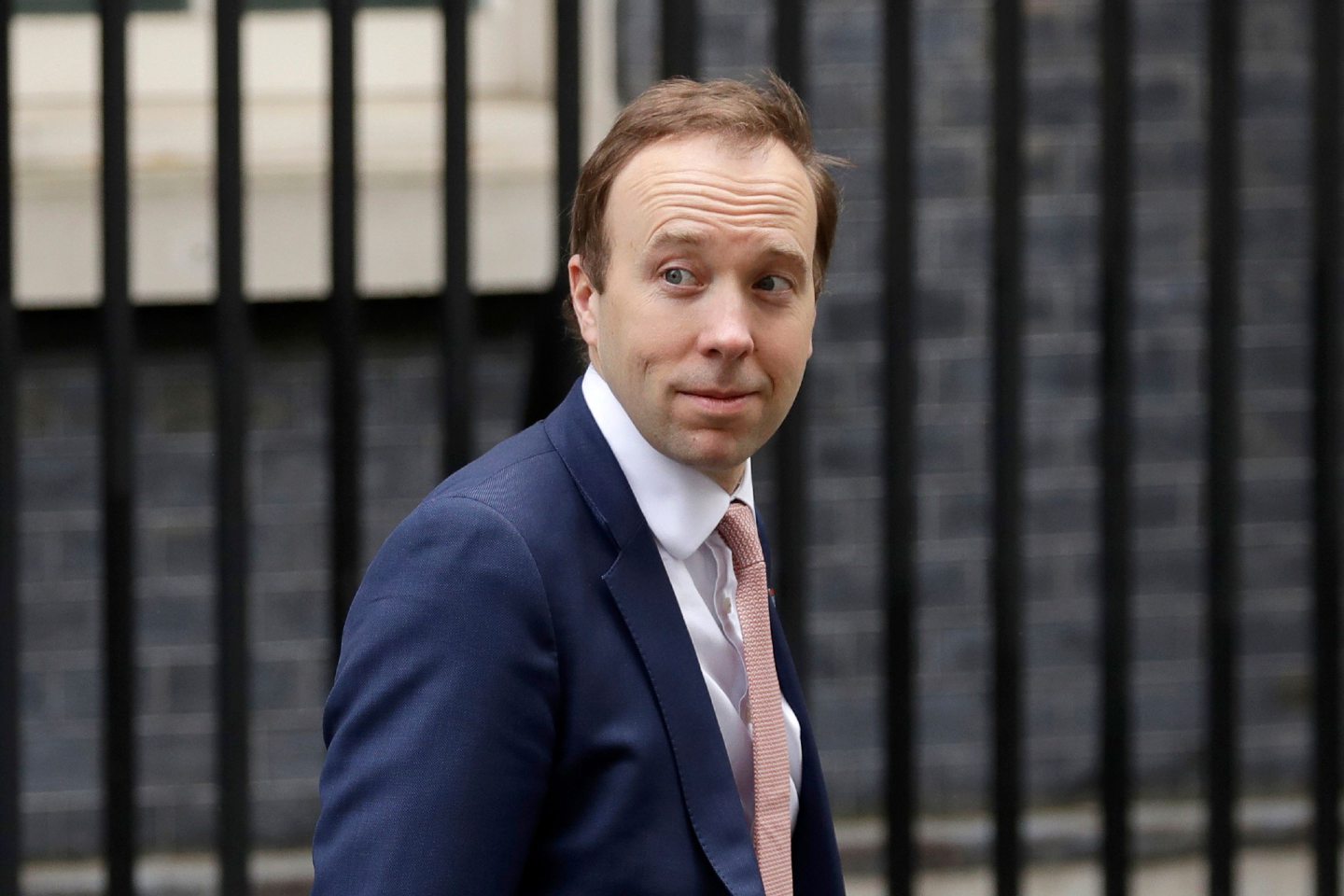Relationships with a ‘source’ are of mutual benefit to the source and the journalist, writes Eleanor Bradford.
The publishing of Matt Hancock’s private WhatsApp messages by journalist Isabel Oakeshott has shone a spotlight on the murky and mysterious world of sources, contacts and off-the-record conversations.
As a former health journalist, I used to be a regular guest speaker at events hosted by the brilliant Sense About Science, an organisation aiming to improve the accuracy of scientific reporting by fostering closer links between scientists and journalists. One day, as I waited for my event to begin, the speaker before me was asked about “off the record” chats.
“Journalists are perfectly nice people,” he said, “but they are not your friends.” I smiled, as did the Daily Mail’s health correspondent, who was waiting beside me. This scientist went on to explain how he had been caught out: after an interview had ended, he relayed a juicy anecdote which duly became the headline the next day.
It is true that some of the most valuable things I learned were in the stories told and comments made to me long before the interview began, or after the camera was switched off. I never reported them per se, but they did influence my take on the story.

The reason I didn’t report those fascinating facts inadvertently given to me was because I had an ulterior motive – I was building something far more important: a good relationship with a source who trusted me.
Journalists need to have insight into the topic they are reporting on. I interviewed hundreds of people, but the ones who were willing to give me off-the-record information were the ones I valued most of all. From chief executives to paramedics, their insider knowledge helped me to report accurately and comprehensively. And journalists have a long and proud tradition of protecting their sources no matter what.
Some have gone to prison rather than give up a source; the principle is drummed into all journalists from day one, and is a central tenet of the National Union of Journalists’ (NUJ) code of conduct.
In the US alone, more than 50 journalists have been jailed, fined or both for refusing to give up the name of a source. In the UK, journalists have benefitted from court protection for their sources since the Contempt of Court Act of 1981 came in, unless a judge decides that the public interest outweighs that protection. But the NUJ code of conduct makes no exceptions: a journalist should protect their source, regardless of the personal consequences.
In 2002, the Manchester Evening News’ crime reporter Steve Panter faced a fine or imprisonment for up to two years after refusing to identify the source of a leak which enabled him to publish the name of the city’s IRA bomber. Eventually an early day motion signed by 45 MPs persuaded the attorney general not to prosecute.
Journalists protect sources but love scoops
Relationships with a “source” are of mutual benefit to the source and the journalist. Sources benefit from having issues that concern them brought to the attention of the public and policymakers without personal repercussions. Meanwhile, their insider knowledge improves a journalist’s reporting, and that is good for their careers.
I might argue that I protected the identity of my sources because I was a principled journalist, but, to be blunt, they made me look good and, therefore, it was in my interests to keep them close.
A journalist who churns out 50 accurate, balanced stories will never get as much attention from their editor as one who secures a few scoops
Part of Matt Hancock’s miscalculation was possibly to hand over information after he had outlived his usefulness as a valuable source.
However, Isabel Oakeshott herself has argued that another factor was at play: one which outweighed her loyalty to her source and even to the non-disclosure agreement she signed, and that is public interest. Your view on the rights and wrongs of that depends upon your experience during the pandemic, its impact on your life and your family, and whether you happen to think it was mishandled or not.
Hancock talked of blocking funding for disabled kids if MPs didn't support lockdown.
Public interest
Public interest
Public interest
Public interest
Public interest
vs Hancock blushes and my reputation for ethics??
No contest.— Isabel Oakeshott (@IsabelOakeshott) March 6, 2023
I make no judgment about the rights or wrongs of this course of action, I just believe it was not the only issue taken into consideration by Oakeshott, especially as there is one final factor in the mix.
An exclusive is the holy grail of journalism. A journalist who churns out 50 accurate, balanced stories will never get as much attention from their editor as one who secures a few scoops. In that industry, it is the only route to a promotion and a pay rise. Isabel’s story was a scoop of massive proportions.
My friends have occasionally told me things which are in the public interest, and I never divulged them to get a scoop. But, at that time, my friends also knew what I did for a living, and their trust had its limits.
I once jokingly asked a doctor friend of mine whether there was any scandal at work. “If there is, you’ll be the last to know,” he said. And that was fair comment.
Eleanor Bradford is a former BBC Scotland health correspondent and now works in communications


Conversation